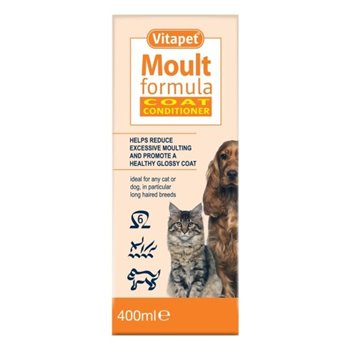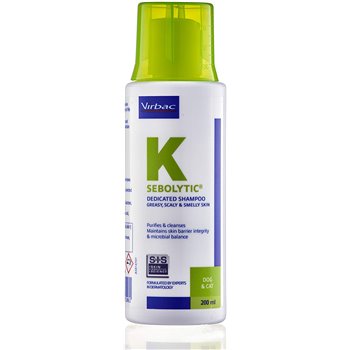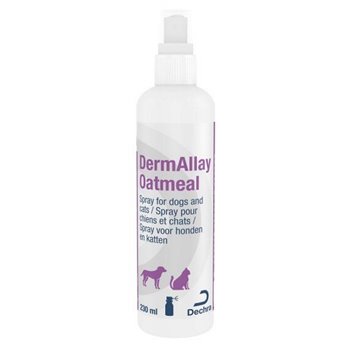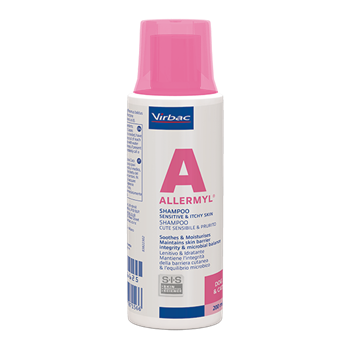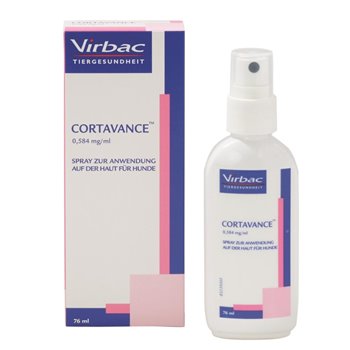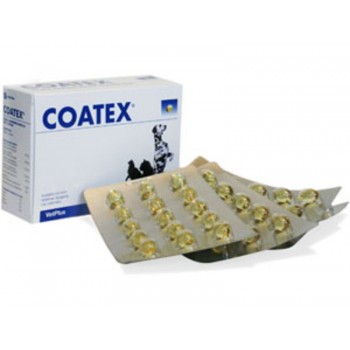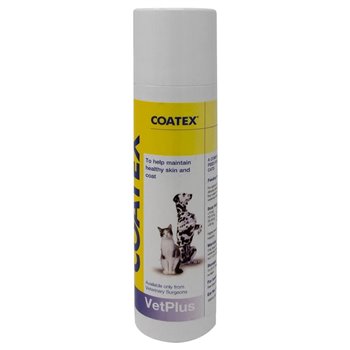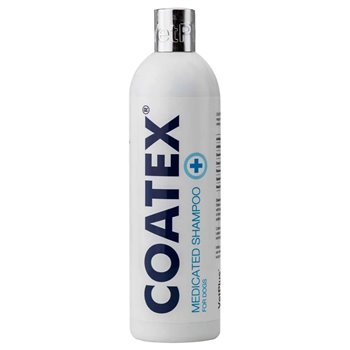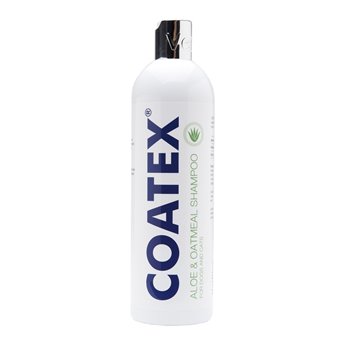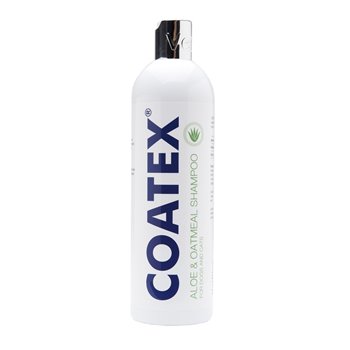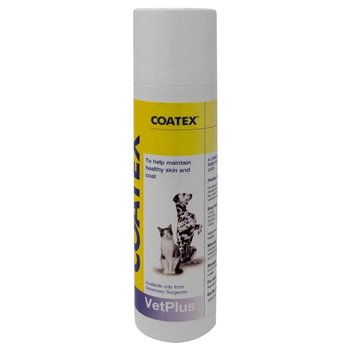Itchy or Flaky Skin in Dogs
Itchy or flaky skin in dogs is a common concern for many owners and can appear in dogs of any age or breed. While occasional scratching is normal, frequent itching, visible flakes or ongoing discomfort usually indicates that the skin barrier is irritated or compromised. Addressing these signs early helps prevent further discomfort and reduces the risk of secondary infections.
Common Causes of Itchy or Flaky Skin
Dogs may develop skin irritation for a wide range of reasons. Environmental allergies are among the most frequent causes. Pollen, grasses, moulds and house dust mites can trigger sensitivity and lead to persistent itching. Food allergies may also contribute, particularly when a dog reacts to certain proteins or additives in its diet.
Parasites such as fleas remain a major trigger for itching. Even a single flea bite can cause intense irritation in dogs with flea allergy dermatitis. Maintai...
Itchy or Flaky Skin in Dogs
Itchy or flaky skin in dogs is a common concern for many owners and can appear in dogs of any age or breed. While occasional scratching is normal, frequent itching, visible flakes or ongoing discomfort usually indicates that the skin barrier is irritated or compromised. Addressing these signs early helps prevent further discomfort and reduces the risk of secondary infections.
Common Causes of Itchy or Flaky Skin
Dogs may develop skin irritation for a wide range of reasons. Environmental allergies are among the most frequent causes. Pollen, grasses, moulds and house dust mites can trigger sensitivity and lead to persistent itching. Food allergies may also contribute, particularly when a dog reacts to certain proteins or additives in its diet.
Parasites such as fleas remain a major trigger for itching. Even a single flea bite can cause intense irritation in dogs with flea allergy dermatitis. Maintaining consistent parasite control is often essential for dogs with sensitive skin.
Dry skin may develop due to central heating, low humidity, excessive bathing with harsh products or inadequate dietary fatty acids. Some dogs naturally have more delicate skin that requires regular moisturising support.
Bacterial and yeast overgrowth can occur when the skin barrier becomes damaged. These infections are often secondary, meaning they develop because the dog has already been scratching or licking the area due to an underlying condition.
Certain medical conditions, including hypothyroidism or hormonal imbalances, can influence skin health. In these cases, the itching or flaking may accompany additional symptoms such as coat thinning, lethargy or changes in appetite.
Recognising the Signs
Symptoms of itchy or flaky skin can present in various ways. Some dogs show mild dandruff, particularly along the back or behind the ears. Others may repeatedly chew or lick their paws, legs or underside. Redness, hair loss and small scabs may appear when the irritation persists. A musty odour, greasy coat or darkened skin can indicate a yeast imbalance.
Monitoring changes over time is helpful. A sudden onset of itching may suggest an external trigger such as fleas or environmental exposure, whereas recurring seasonal symptoms may point toward airborne allergens.
Supporting Skin Health at Home
A consistent skincare routine can provide significant relief. Gentle, veterinary-approved shampoos help cleanse away allergens and soothe irritated skin without stripping natural oils. Regular grooming also assists in removing dead skin cells and improving circulation.
Ensuring your dog receives a balanced diet with adequate omega-3 and omega-6 fatty acids supports the skin’s natural barrier. Many dogs with dry or flaky skin benefit from added essential fatty acid supplements, which help maintain moisture and reduce inflammation.
Maintaining the home environment is also useful. Washing bedding regularly, vacuuming areas where your dog rests and managing indoor humidity levels can reduce environmental triggers.
Veterinary Diagnosis and Treatment
Because itchy or flaky skin can arise from many causes, a veterinary assessment is often the most reliable way to identify the underlying issue. Your vet may perform skin scrapings, allergy testing or examine your dog’s medical history to reach a diagnosis. Treatment plans vary depending on the cause but may include medicated shampoos, dietary adjustments, supplements or prescription therapies to reduce inflammation and support the skin barrier.
Dogs with chronic skin conditions may require ongoing management. Working closely with your vet ensures you can adapt your dog’s skincare plan as needed and maintain long-term comfort.
